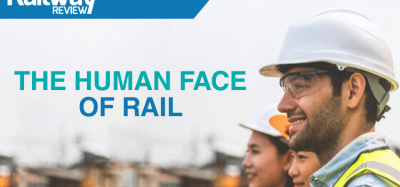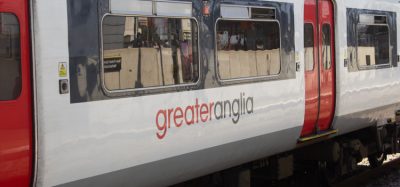Joint action plan announced to improve the quality and openness of UK rail data
Posted: 9 August 2018 | Global Railway Review | No comments yet
The UK’s Department for Transport (DfT) and the Rail Delivery Group (RDG) have published a Joint Rail Data Action Plan which aims to address technical barriers and make better use of rail data.


Demand for rail in the UK has doubled since the mid-1990s and is projected to increase by another 15 per cent by 2024, presenting both challenges and opportunities for the railway.
The UK government’s strategic vision for rail is to offer world-class services supported by outstanding customer care and value for money. To achieve this the rail industry needs to innovate; changing the way the railway is structured, making sure track and train work more closely together and realising the full potential of emerging technologies.
In a joint statement, the DfT and RDG have stated that using data more intelligently and increasing the collaboration between the rail industry and other sectors will be key, and that this will help to create opportunities to exchange ideas, to devise new solutions to improve how the railways are run, to predict and fix problems before they occur, and to develop new tools and products for passengers such as better journey planning apps.
The Joint Rail Data Action Plan outlines how the government, the Rail Delivery Group (RDG), the Office of Rail and Road (ORR) and the Rail Safety and Standards Board (RSSB) will support these efforts and it sets out how these organisations will work together to improve the quality and openness of rail data and to increase collaboration between the rail and tech sectors, to ultimately benefit passengers, the railway and the UK economy.
A taskforce chaired by tech expert and Transport Systems Catapult CEO, Paul Campion, has been established and includes members from across the industry and its supply chain to take the Joint Rail Data Action Plan forward. Key data sets will be released for third party use over the next two years, improvements will be made to how data is collected and classified, and new initiatives will bring the rail and tech sectors together. This – it is hoped – will enable the development of new products and solutions to improve journeys and how the railway operates.







